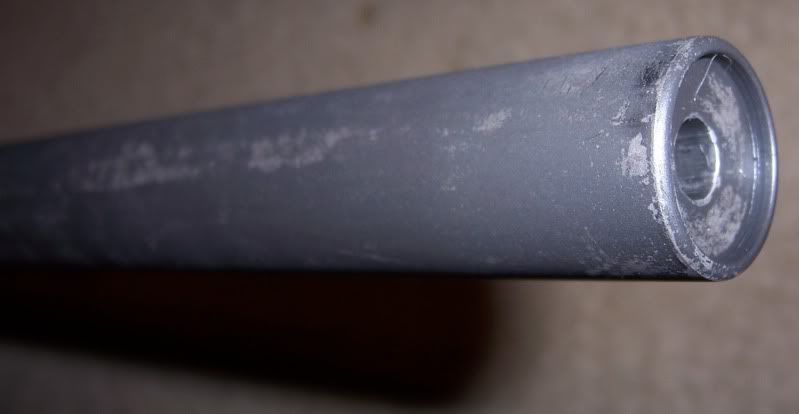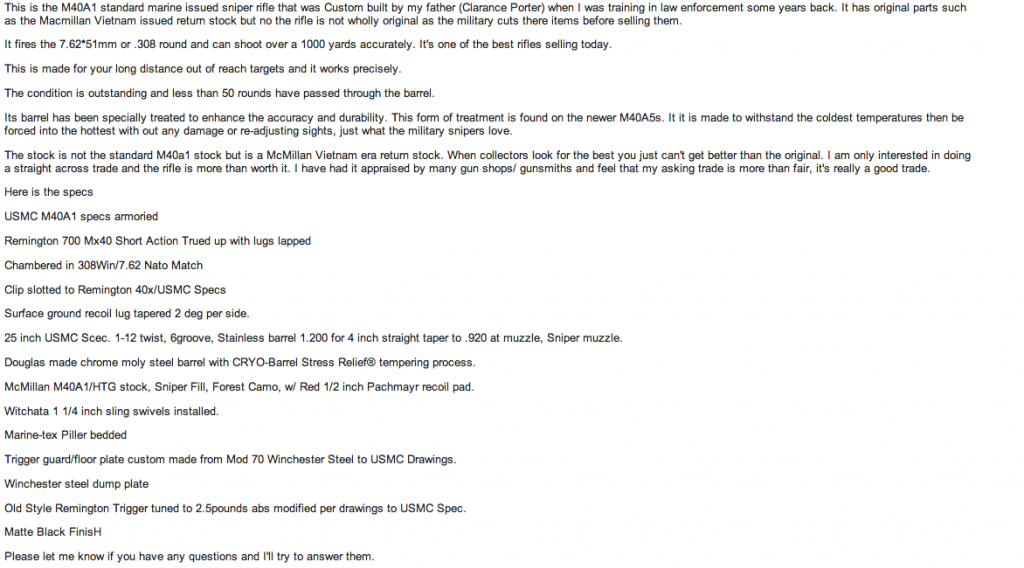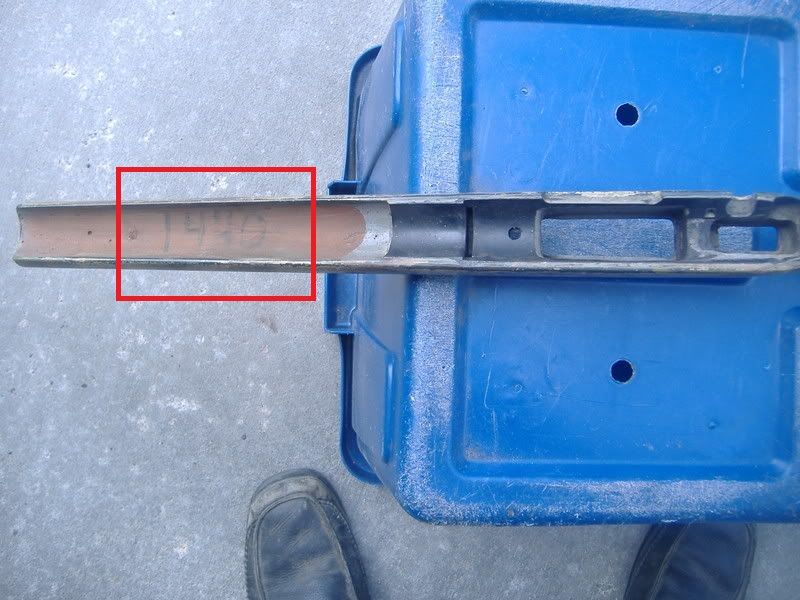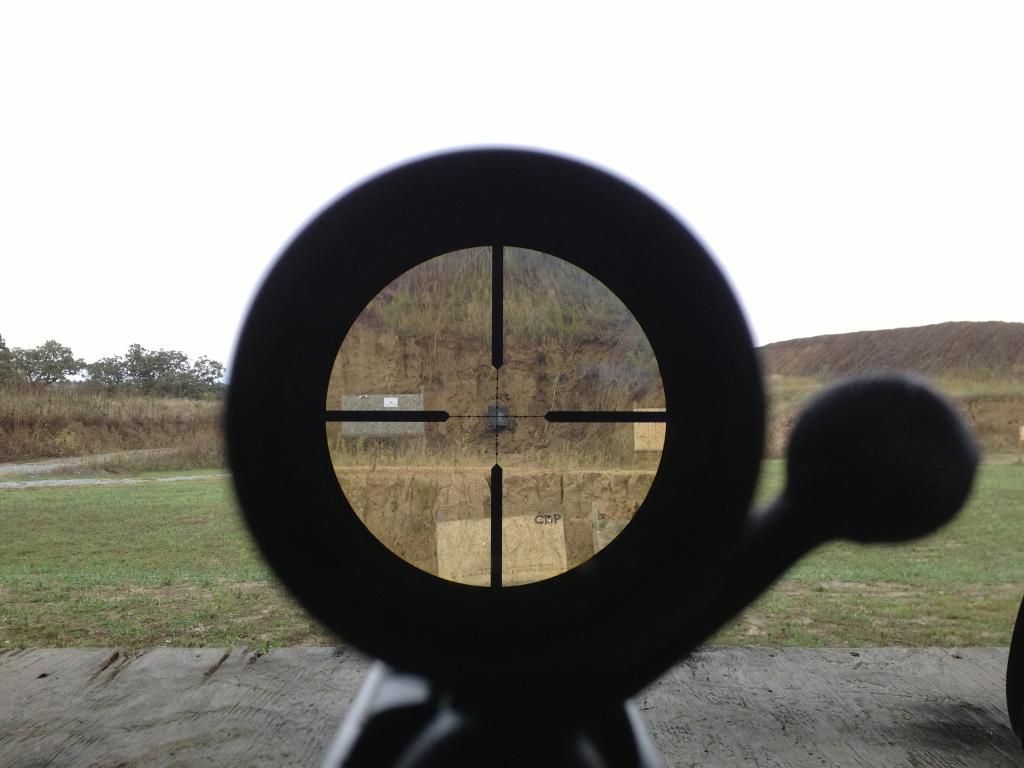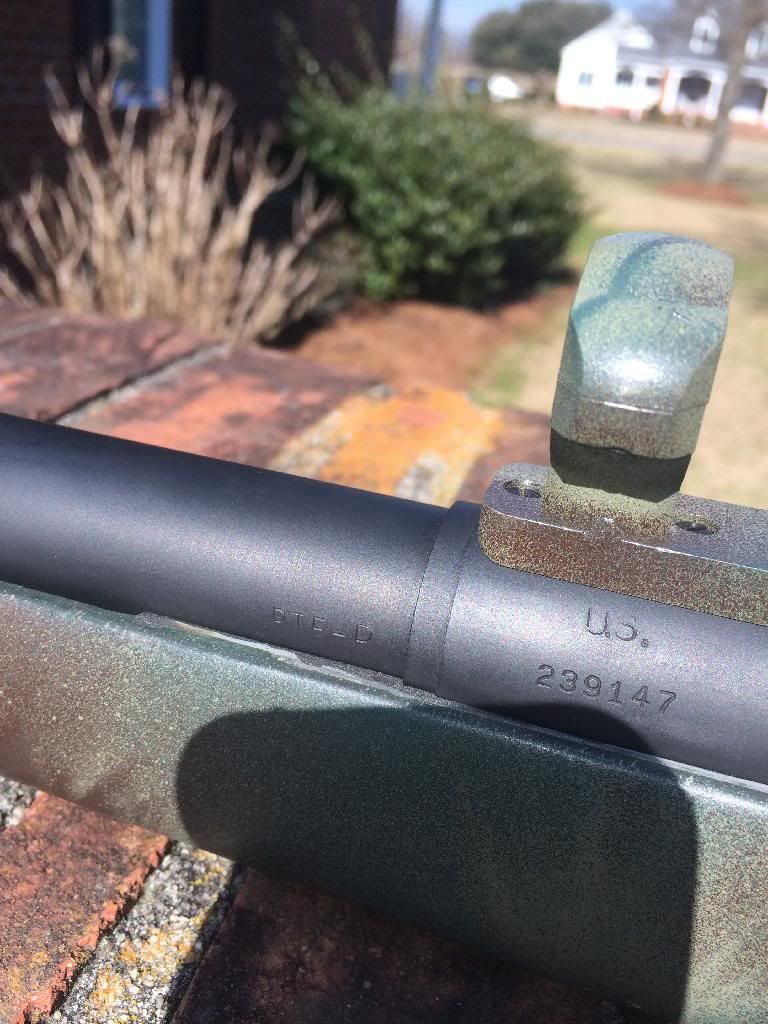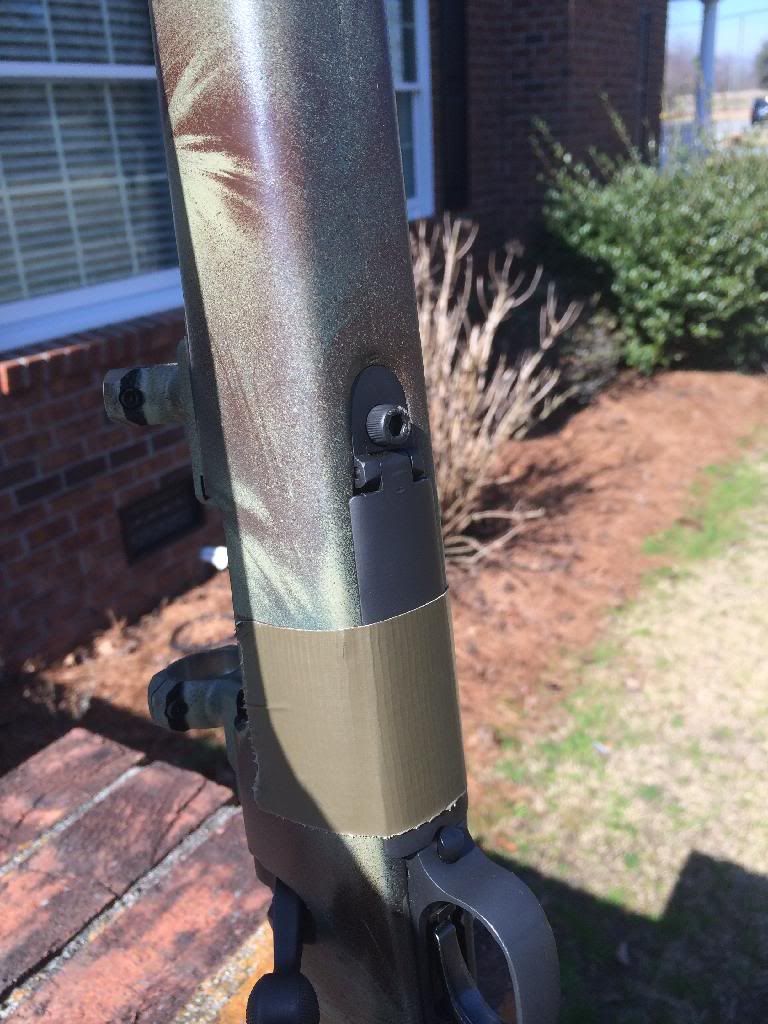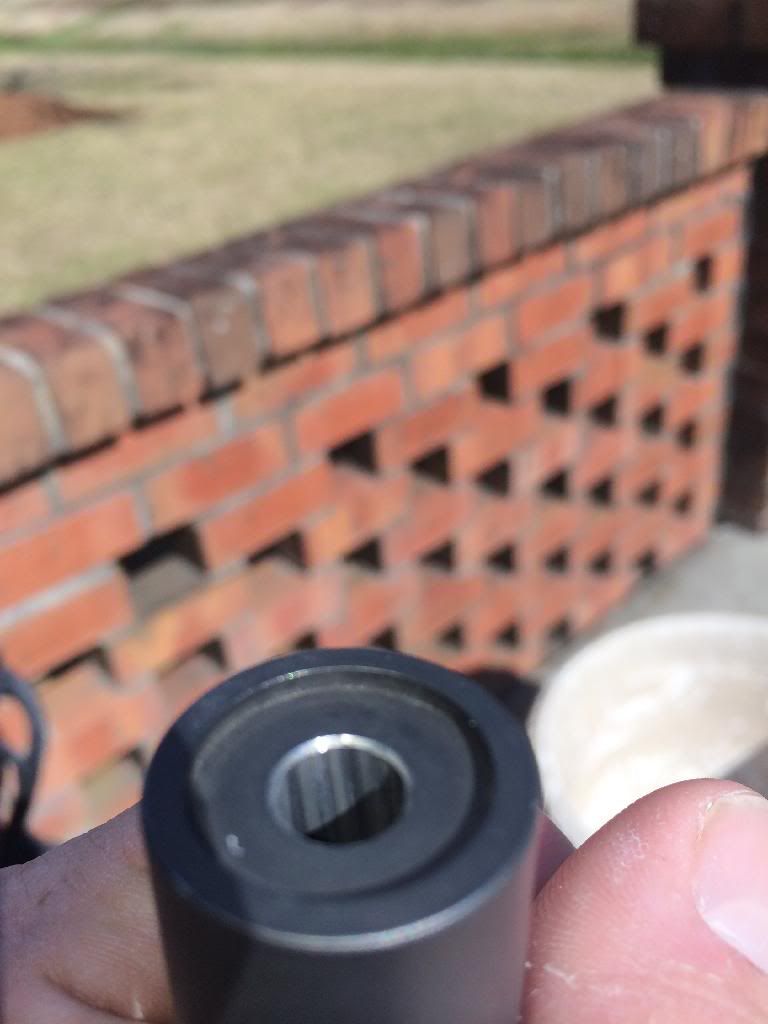A little bit on the Unertl scopes....
From what I understand, the mil-dot reticle was first used in the Unertl USMC/10X Sniper scopes. It was specifically designed for the Marine Corps. Now everyone and his cousins are using mil-dot reticles of one form or another, a testimony to the genius and success of the system.
The first Unertls had windage knobs capable of dialing 4 1/2 MOA either way, and round mil-dots of .15 mil diameter each. The first impression is, "Why only 4 1/2 minutes windage? Isn't that very limiting?" Not with the mil-dot reticle, it isn't. Each dot's spacing on the cross hair represents approximately 3 1/2 MOA, so if you want to dial more than a 4 1/2 MOA wind, you would simply hold on a dot (at 3.5, 7, 10.5, or 14 MOA) and dial the remainder. For example, if you need to compensate 13.5 MOA for wind (as often happens at 1000 yard ranges), you could hold the center of target at three dots over (10.5 MOA), and dial on an additional 3 MOA. For some, though, it's easier and better to just hold for wind altogether, and not dial at all. In that case you don't have a precise aiming point, but you also don't have to keep track of what you have dialed. Later on, some of the scopes were fitted with 8 1/2 MOA winadge knobs, nearly twice the dialing range, but really unnecessary with a mil-dot reticle.
In the beginning, so I've been told, some of the old, original .15 mil dots were being knocked loose from the cross hairs, so some of the reticles were replaced with football-shaped dots that adhered better to the wire. I believe those reticles were made by Premier Reticles. It was said the end of the football shape was easier to "see" than the edge of the round dots for better precision while ranging, but I don't buy that. Personally, I think it was just a workaround of the adhesion problem.
Later reticles featured larger, .2 mil round dots. So much for the football "dots". .2 mils makes sense as the dots were larger and easier to see, and it was easier for the eye to visualize .1 and .2 mils while ranging by using the dots as reference. In other words, the edge of the dot represented .1 mils (from the center of the dot). Half of an additional, imaginary dot would represent .2 mils (again, from center of a dot), and the space of a whole (imaginary) dot would represent .3 mils from the center of a dot. .5 mils is self-explanatory, as the mid-point between dots. Etc. So, .2 mil sized dots were a very good idea for ranging.
Now, some complained that the scope should have had 1/4 MOA adjustments, and the rebuttal was that 1/2 MOA was fine for man-sized targets out to 1000 yards. But, I wonder if the scopes really were not originally, indeed designed with a 1/4 MOA adjustment feature. "What?! Where? What are you talking about?" Well, remember those .15 mil dots that gave way to the football "dots" that gave way to the handy .2 mil dots? It dawned on me the other day that .15 mil is darned near .5 MOA. Holding to the edge of a .15 mil dot (i.e. .5 MOA dot) would have given you that 1/4 MOA increment! Voila! I wonder if that was the reason Unertl went with that size of dot. Maybe it's a .5 MOA dot, instead of .15 mil like I always thought it was. While not exactly convenient to use, any 1/4 MOA POA could be had using a combination of the edge of a dot and the knob. I've never heard of this being taught in the schools as a feature to get 1/4 MOA adjustments, and I've never seen it in any manuals. Maybe it was never taught because it can be a bit complicated to use, and really NOT necessary for man-sized targets. But, I still have to wonder if John Unertl didn't intentionally design it that way in the beginning. I wish he were still around to ask.


